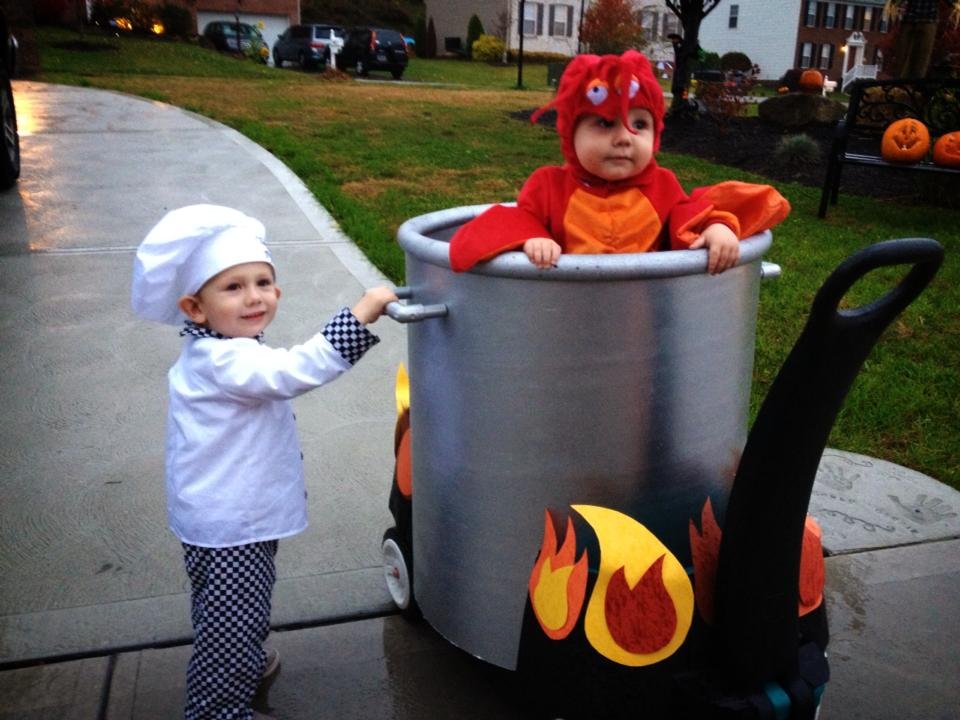The Lobster in the Pot: Or…why I’m writing this blog!
We’ve all heard the story about the frog. You know the one: Once upon a time, there was a frog. The bird, or fox, or witch wants to cook him and eat him for dinner. But Frog is smart. When he is put in boiling water, he leaps out immediately and hops away as fast as his legs will carry him. So, his hungry nemesis decides to trick him, and invites him to swim in a large pot of cool water. Frog loves it! He has so much fun swimming around that he does not notice that gradually the temperature of the water is rising, as the fire beneath it heats up. By the time the water reaches boiling: it is too late to escape. Poor Frog is cooked! And frog legs are on the menu of the bad guy.
This metaphor has been used for all kinds of political, and social purposes; google it and be amazed by its prevalence in the cultural fabric of our society. Never one to want to be cliché, I’m offering an alternative image: that of the LOBSTER (mostly because a brilliant friend of mine posted great pictures of her children’s creative costumes on Facebook).
Children living in families where substance abuse occurs are like the lobster. The pot of water where they swim is the only home they’ve ever known. They don’t know that other little lobsters don’t have to watch Mommy fall asleep from her pills BEFORE she puts her baby lobsters to bed, and that some Daddies actually remember their promise to take their lobster kids to the park, rather than deciding to spend the weekend at the bar. The little lobsters adapt, and their behaviors and thinking help them to “normalize” all the dysfunction they are immersed in.
Until… the chaos becomes too heated and those protective mechanisms quit working. And that’s when things reach the boiling point for our little lobsters. They begin to act out in school, stop learning, withdraw from their friends, and, if statistics are to believed, are at high risk to begin using drugs and alcohol themselves as young adolescents.
How do we help these little lobsters stay safe? According to some estimates, one in four children lives in a home affected by substance abuse. Do the math. In your class of twenty 4 year olds, you may have five children at risk. We have learned ways to keep children physically safe: Call Childline if there is evidence of abuse; don’t let them leave with a parent who’s been drinking. But what can we, as early childhood educators, do to protect children’s developing brains from the toxic stress of living with this family disease?
Stay tuned. Imagination on the Move will explore research-based resources that will help build resilience and keep these children out of hot water as they play, create, and channel the phenomenal power of their imaginations.

